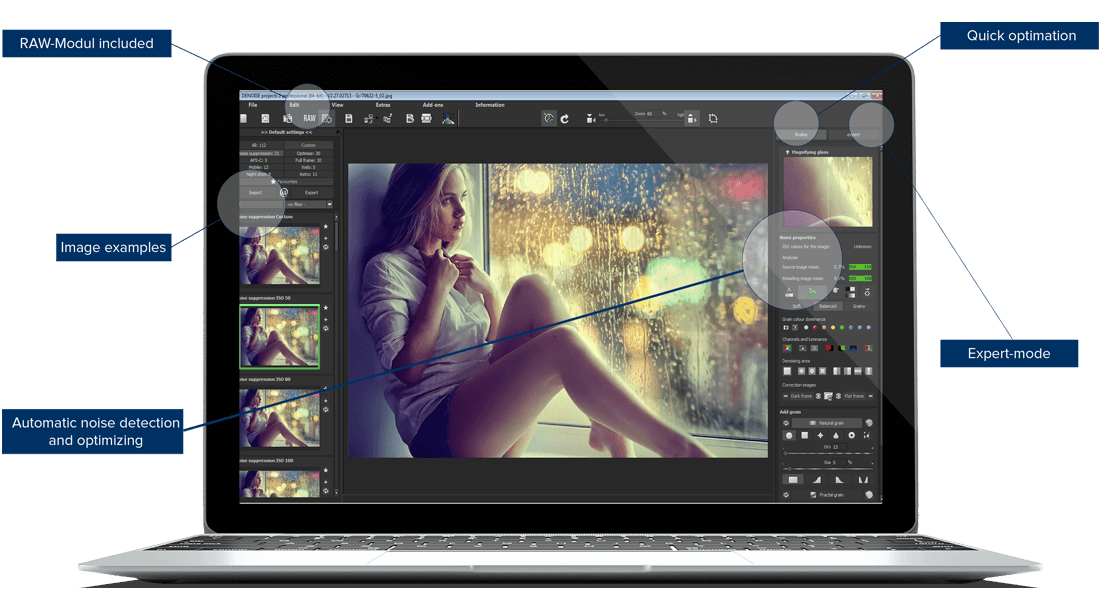

So my first question is: Does anybody know a simple way to achieve denoising with RT without effecting this desaturation? I get this desaturation with RT 5.7 and RT 5.9 and a post in May 2022 has reported a similar effect with RT 5.8, so the issue seems not to be due to a recently introduced bug and appears not to be limited to the environment in which I use RT (Windows 10). I can reduce the desaturation to some extent by manually setting a lower strength of chrominance noise reduction, but even when I chose a value which leaves much more residual noise than I can achieve with NI, the desaturation with RT chrominance denoising remains way to strong. Denoising with NI was with reduced strength for luminance noise and for medium and large scale noise to preserve as much detail as possible.

Denoising with RT was only for chrominance with the “automatic global” setting in conservative mode and L ab color space. The screenshots below show this effect for an indoor shot taken at ISO800 that was minimally processed with only demosaicing by the LMMSE algorithm at default settings and manually setting the white balance. color patches get more desaturated the smaller they get. Whenever I use the noise reduction of RT, I get a significant size dependent desaturation. It’s an old version but does an excellent job with the proper settings and noise profiles.įor about 3 years I have been processing my RAW files with RT 5.7 and by now I get pretty much the results I want to achieve – with the one exception of denoising. For many years I have been using Neat Image 6.1 (NI) for denoising.
#DENOISE PROJECTS PROFESSIONAL VS NEAT IMAGE ISO#
However, these indoor shots are typically at high ISO (ISO400 and more) and therefore require good denoising. I am using a Sony DSC-RX100 as my travel camera because it’s small enough to fit into a pants pocket, has a useful zoom range and a lens and sensor which allow for indoor shots without a flash.


 0 kommentar(er)
0 kommentar(er)
